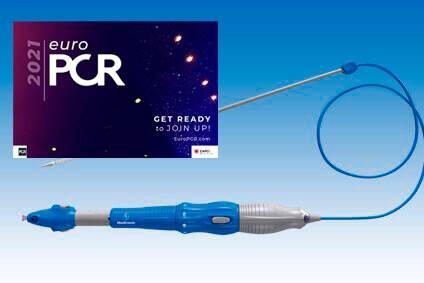Transcatheter aortic valve replacement (TAVR) with the Evolut self-expanding valve was non-inferior to surgery in patients with low surgical risk. After two years, the primary endpoint of death or disabling stroke was similar between both strategies.

This presentation at EuroPCR 2021 reinforces the results presented during the American College of Cardiology (ACC) 2019 Congress and published in the New England Journal of Medicine (NEJM). At the time, a Bayesian analysis had been performed to estimate two-year outcomes when 850 of the 1414 patients included had reached only one year of follow-up.
All patients have now reached two years of follow-up and the plan is to extend the follow-up to 10 years.
After two years, the primary endpoint (all-cause mortality and disabling stroke) was observed in 4.3% of those who underwent TAVR vs. 6.3% of those who underwent surgery. This difference was not statistically significant, which confirms non-inferiority—albeit non-superiority.
When considering the endpoints separately, we see that all-cause mortality was 3.5% vs. 4.4% (p = 0.366), and disabling stroke was 1.5% vs. 2.7% (p = 0.11).
Differences were found in the need of permanent pacemaker, regarding which surgery was better (21.1% for TAVR vs. 7.9% for surgery).
Read also: EuroPCR 2021 | Ultrathin Struts Consolidate as Next DES Development.
Over these two years, better implantation techniques were developed using Evolut, such as overlapping the valves, which could reduce the difference. Something similar happens with paravalvular leak, regarding which surgery was superior (mild leaks: 26.6% for TAVR vs. only 2.6% for surgery; p < 0.001). However, the same technique refinement that improved the need for pacemaker also had an impact on leaks.
In terms of valve hemodynamics, Evolut had lower gradients and larger valvular areas than surgical ones.
Original Title: Complete 2-year follow-up from the Evolut low risk trial.
Reference: Presentado por Forrest J. en el EuroPCR 2021.
Subscribe to our weekly newsletter
Get the latest scientific articles on interventional cardiology





